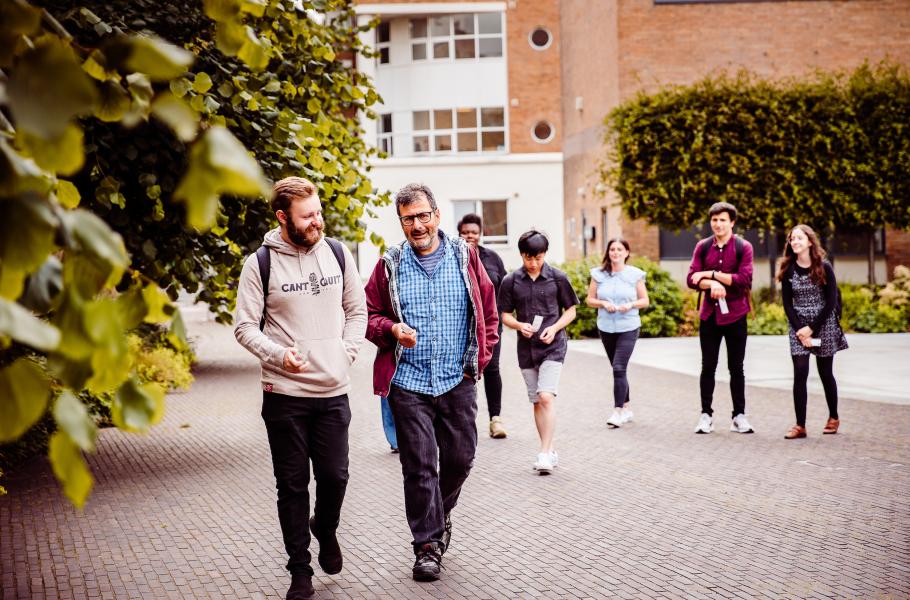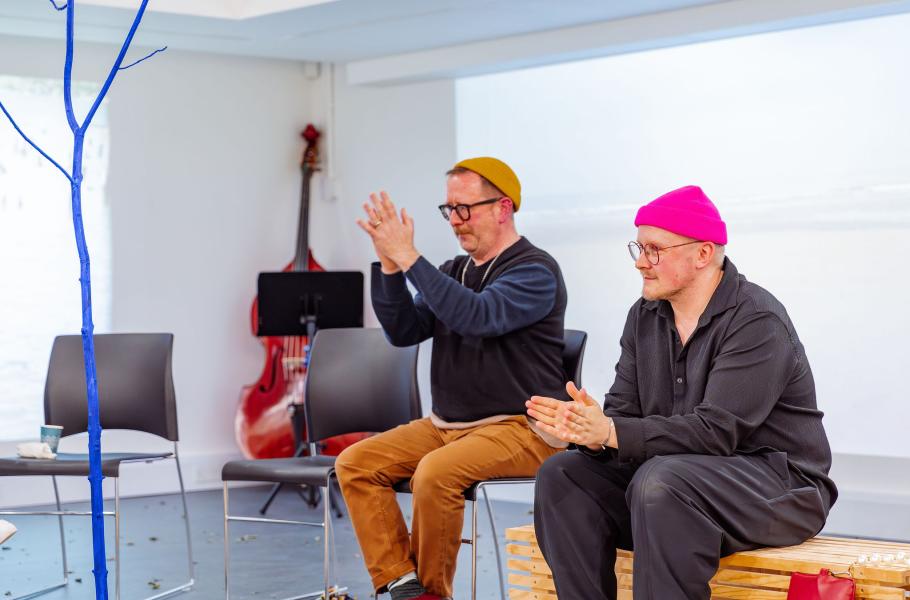BLOG: The Hidden Voice: Marking the Mill Race by Loz Kaye
Alice Booth
Like many cities, Lancaster has a hidden sound running beneath it.
The Mill Race is a stream flowing under the centre of Lancaster that has been concealed for about a century. The modern world often sees nature as something to be tamed or harnessed and if it can’t be either of these things - ignored. But it is still here, currently faint if you open up the grating near the Sugarhouse, but perceptible. More of a rumour than a voice maybe.
Since starting to work with the idea of a project to mark the course of the Mill Race along with BREAD Art and Lancaster Arts it’s been clear this is not your average heritage project. A lot of arts and heritage work celebrates the beauty and interest of what we have, in the context of learning about the past. This is the aim of social and community action too – look at campaigns like the tireless work to save Morecambe Winter Gardens for example.
But with the Mill Race, it is entirely gone from view. As researcher Louise Mullagh put it: “As the Mill Race is now covered over, we need to use some imagination and historical maps and accounts to understand and remember it…”. The way to resurface it is through tales, voices, and discussion, through the action of people.
And as Lancaster knows only too well, this is not (just) a jolly leisure pursuit, but a real question about the future of the city. According to a Lancaster University study the 2015 Storm Desmond overwhelmed the Mill Race with rainwater in such a short time that it flooded the lower part of the city. We can cover up and ignore, but that does not mean that nature goes away. Marking the Mill Race makes a very concrete point, but a broader one too about anything inconvenient we might like to shut away is still burbling underneath.
But it is not just a warning, but a celebration and an invitation to consider the future. Lancaster is looking hopefully to how it can reclaim and reenergise this part of town. Many places are reopening and rediscovering their waterways. The Danish city of Aarhus where I used to live has done just that in the centre and made life much more pleasant for its citizens. We don’t necessarily have to dig up the A6, but what we are asking everyone to do is imagine things differently without having to worry about feasibility or public budgets for a bit. I think looking at the 1610 map of Lancaster and seeing how much has changed in what is really a short time shows things can continue to shift, and will. The stream flows ever on.
You can find out more about the Marking the Mill Race Event here.




